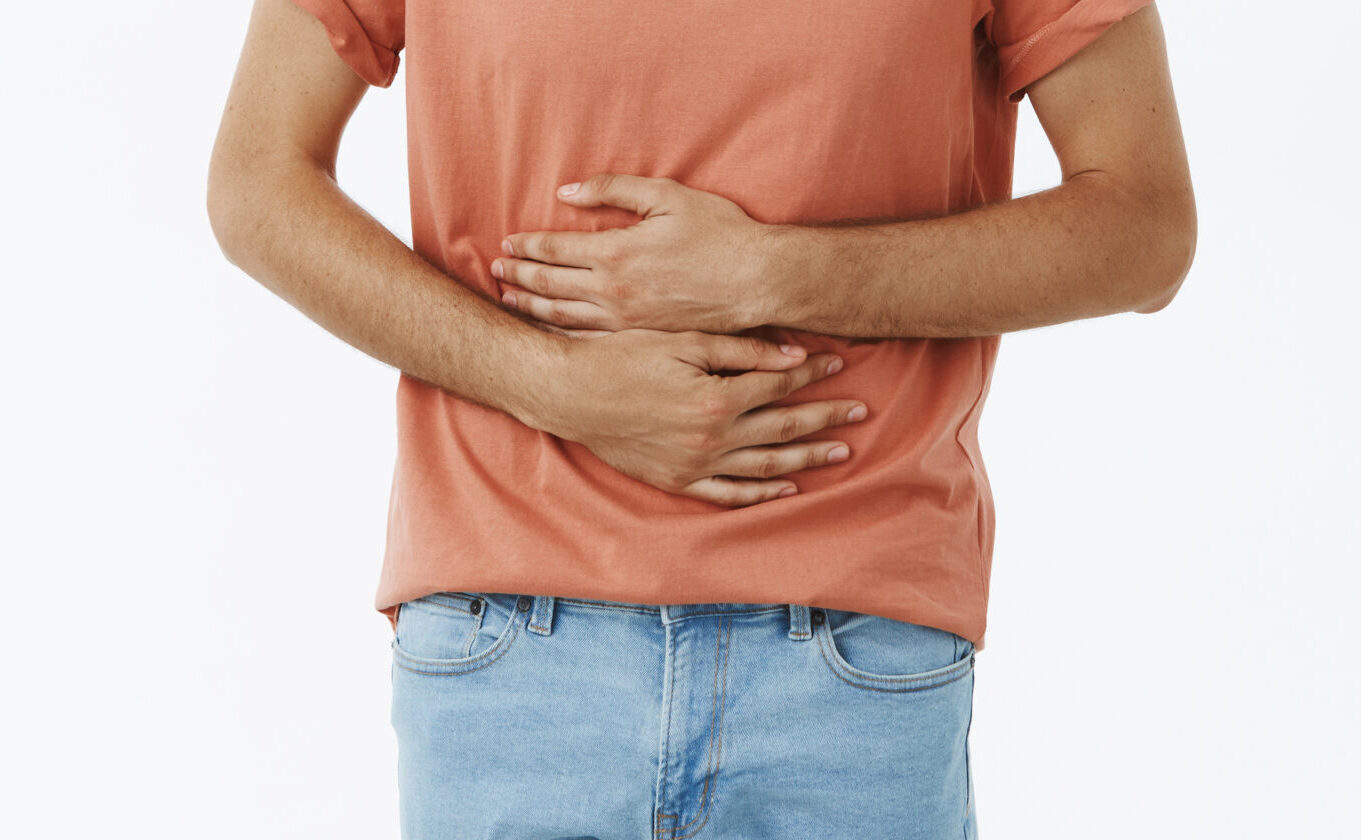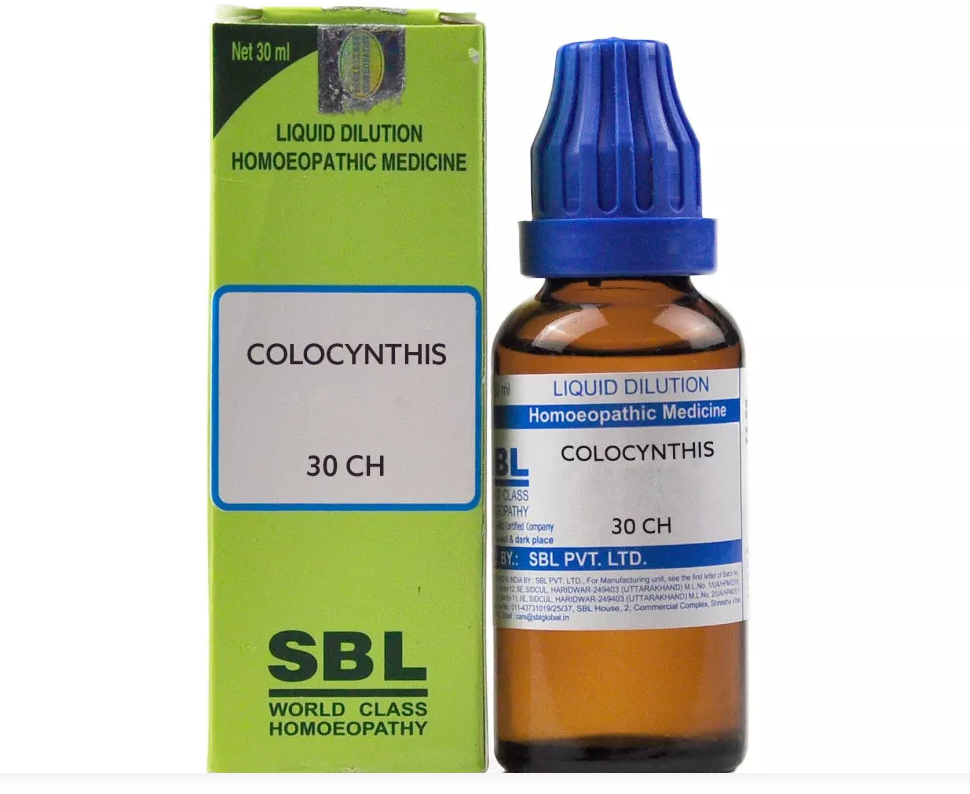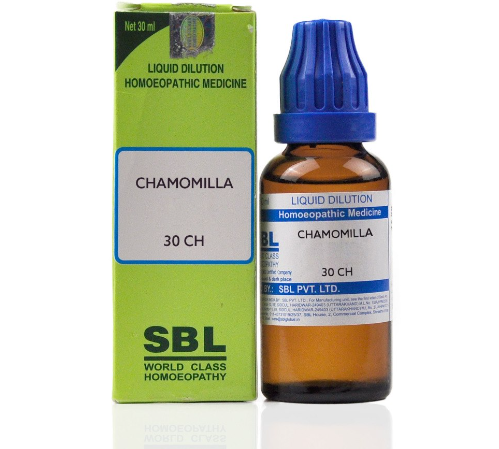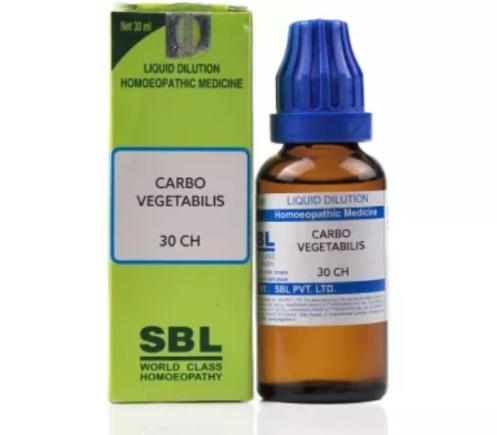Best Homeopathic Medicine For Colic
 Colic is characterized by intense, cramp-like pain in the abdomen. Colic can be caused by various underlying conditions, such as gastrointestinal disorders, reproductive issues, urinary problems, or musculoskeletal factors.
Colic is characterized by intense, cramp-like pain in the abdomen. Colic can be caused by various underlying conditions, such as gastrointestinal disorders, reproductive issues, urinary problems, or musculoskeletal factors.
Symptoms: The symptoms of colic can vary depending on the underlying cause:
- Intense, cramp-like abdominal pain
- Pain that comes and goes or varies in intensity
- Bloating or abdominal discomfort
- Nausea and vomiting
- Changes in bowel habits (diarrhea or constipation)
- Pain worsened by certain foods or activities
- Pain that may be relieved by passing gas or having a bowel movement
Homeopathic Medicine
1. Colocynthis
Intense Cramping Pain: Abdominal pain is severe and is described as sharp, cramping, or colic.
Aggravation from Eating or Drinking: Pain worse after eating or drinking, especially when eating rich or fatty foods.
Relief from Pressure: Relief by applying pressure to the abdomen, bending forward, or drawing their knees toward the chest. Pressure, warmth, or a hot water bottle provide some comfort.
Vomiting: Nausea and vomiting, especially if the vomit is bile-colored.
Irritability and Restlessness: Irritable, angry, and restless due to the severity of the pain.
Menstrual Colic: Menstrual colic in women when the abdominal pain is crampy and intense.

2. Chamomilla
Irritability and Restlessness: Individuals requiring Chamomilla are extremely irritable. Child or adult can be very difficult to manage due to their irritability.
Biting and Screaming: In children, scream loudly or even have a tendency to bite when in pain.
One Cheek Red, One Cheek Pale: In infants, one characteristic sign associated with Chamomilla is having one cheek that is red and hot, while the other cheek is pale. This is referred to as the “one cheek red, one cheek pale” symptom.
Desire for Warm Drinks: Strong desire for sips of warm drinks.
Diarrhea with Greenish Stools: In infants, Chamomilla is used when colic is accompanied by greenish, offensive-smelling stools. Diarrhea may be present.

3. Lycopodium
Right-Sided Pain: Colic pain located on the right side of the abdomen. Described as a feeling of fullness or bloating, with discomfort in the upper right abdomen. The pain may extend to the lower abdomen.
Bloating and Gas: Experience bloating and excessive gas and feel relief after passing gas.
Worsening in the Evening: Colic symptom are worse in the late afternoon or evening.
Craving for Warm Drinks: Strong desire for warm drinks like tea or coffee, which can alleviate some of the discomfort.
Emotional Characteristics: Anxiety, insecurity, and a fear of failure.

4. Carbo Veg
Abdominal Bloating: Abdominal distension and bloating. The abdomen may feel hard and tense.
Gas: Excessive flatulence and belching.
Colic Pain: Abdominal pain is typically cramp, colic and relief by belching or passing gas.
Incomplete Digestion: Sensation of fullness and discomfort in the upper abdomen, especially after eating.
Weakness and Faintness: Weakness, exhaustion, and even a tendency to faint. Indicated for individuals who are physically or emotionally drained.
Cold Sensation: Desire for fresh air and a feeling of coldness.
Symptoms After Overeating: Digestive issues resulting from overeating, consuming rich, fatty, or heavy foods, or drinking alcohol.

5. Magnesia Phosphorica
Cramping Pains: Pain is often sharp, shooting, or stabbing in nature. It may come and go, and the cramps can be quite severe.
Better from Heat and Pressure: Relief from warmth and pressure. They want to apply hot water bottle or press on the painful area to alleviate the pain.
Worsening with Cold: The colic pain tend to worse when person is exposed to cold air, drafts, or cold drinks.
Right-Sided Pain: Colic or cramps on the right side of the abdomen.
Menstrual Colic: Pain accompanied by shooting or spasmodic sensations and relieved by heat or a warm bath.
Neuralgic Pains: Abdominal cramps and neuralgic pains that are sharp, shooting, and come and go suddenly.
Teething Pain in Infants: Infants who experience colic or teething discomfort, with sharp, spasmodic pains.

Medicine images use for reference only selection of homeopathic medicine depends on the individual’s specific symptoms and overall constitution. Moreover, homeopathy is a holistic system of medicine that treats the individual as a whole. In addition to addressing the physical symptoms, it takes into account the emotional and mental state of the person. Consequently, it’s crucial to consult with a qualified homeopathic practitioner for personalized treatment.
The information provided on this website is intended solely for educational purposes. Always seek the advice of your physician or other qualified health provider.

Pingback: Best Homeopathic Medicine For Acne - HOMOEO HEALING
Pingback: HOMEOPATHIC MEDICINE FOR DIARRHEA - HOMOEO HEALING
Pingback: Homeopathic Medicine For Urticaria - HOMOEO HEALING
Pingback: HOMEOPATHIC MEDICINE FOR SPLENOMEGALY (ENLARGED SPLEEN) - HOMOEO HEALING
Pingback: Homeopathic Medicine For Delusions - HOMOEO HEALING
Pingback: Homeopathic Medicine For Ringworm - HOMOEO HEALING
Pingback: Homeopathic Medicine For High Cholesterol - HOMOEO HEALING
Pingback: Homeopathic medicine for Varicose Veins - HOMOEO HEALING
Pingback: Homeopathic Medicines for Mouth Ulcer - HOMOEO HEALING
Pingback: Homeopathic medicine for Vertigo - HOMOEO HEALING
Pingback: Homeopathic medicine for Constipation - HOMOEO HEALING
Pingback: Best Homeopathic medicine for Cough - HOMOEO HEALING
Pingback: Best Homeopathic medicine for Sciatica - HOMOEO HEALING